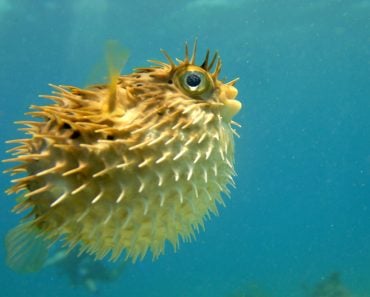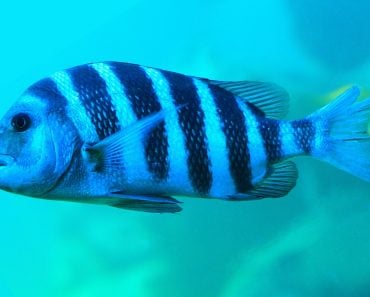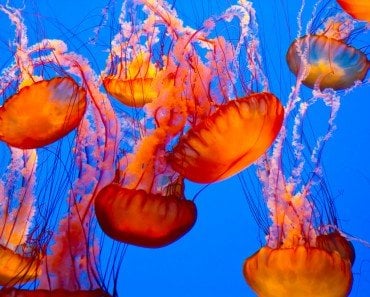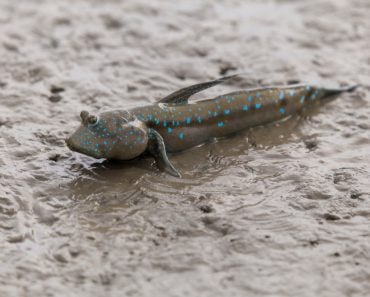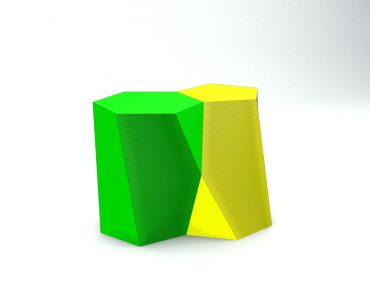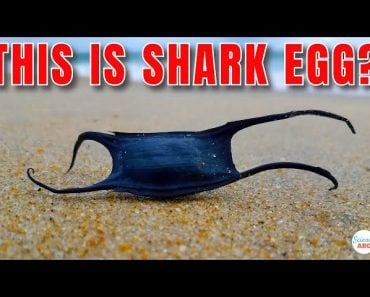Table of Contents (click to expand)
There are many different types of scales that cover the body of various fish. These types can be classified into cosmoid, ganoid, placoid, ctenoid and cycloid types.
What comes to your mind when you read the word “fish”? From freshly caught trout to nicely smoked salmon, a wide variety of excellent seafood may be high on your list. However, what if we told you that the type of scales also varies from fish to fish? Yes, that part of fish anatomy that usually ends up in the garbage before cooking comes in a number of diverse patterns and styles. What are those types and how do they vary? Let’s find out!
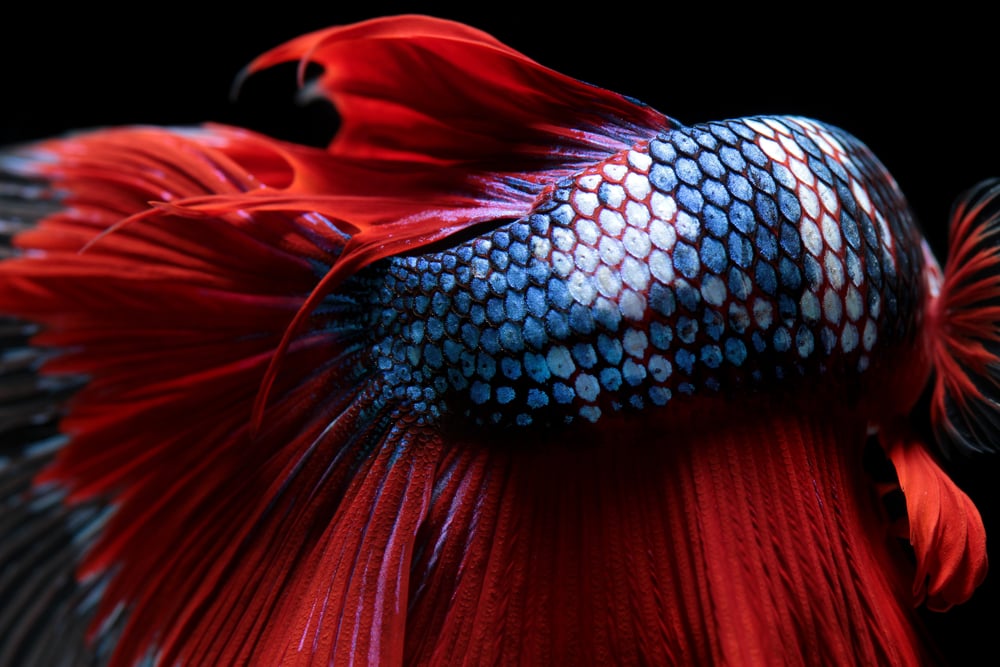
The scales on fish form the exoskeleton of the creature, which makes sense, given that the word “exoskeleton” means a skeleton lying on the exterior. There are many types of fish scales, including placoid, ganoid, cycloid, cosmoid, and ctenoid. Scales are small, thin, and cornified structures. They either fit tightly on the body of the animal, and can also overlap in some cases. They typically overlap like shingles on a roof, with their free margins directed toward the tail. This effectively helps them minimize the friction of water and aids in swimming.
Recommended Video for you:
What Are Cosmoid Scales?
Cosmoid scales are not found (or very rarely found) on fish in the world today, because these types of scales were a characteristic feature of numerous fish that have gone extinct, such as ostracoderms and placoderms. These scales are also found on coelacanths, a species which is still alive (although rare).
Cosmoid scales were also found on the bodies of lobe-finned fishes and lungfishes. At a glance, cosmoid scales look like semicircular scales placed very close to one another.
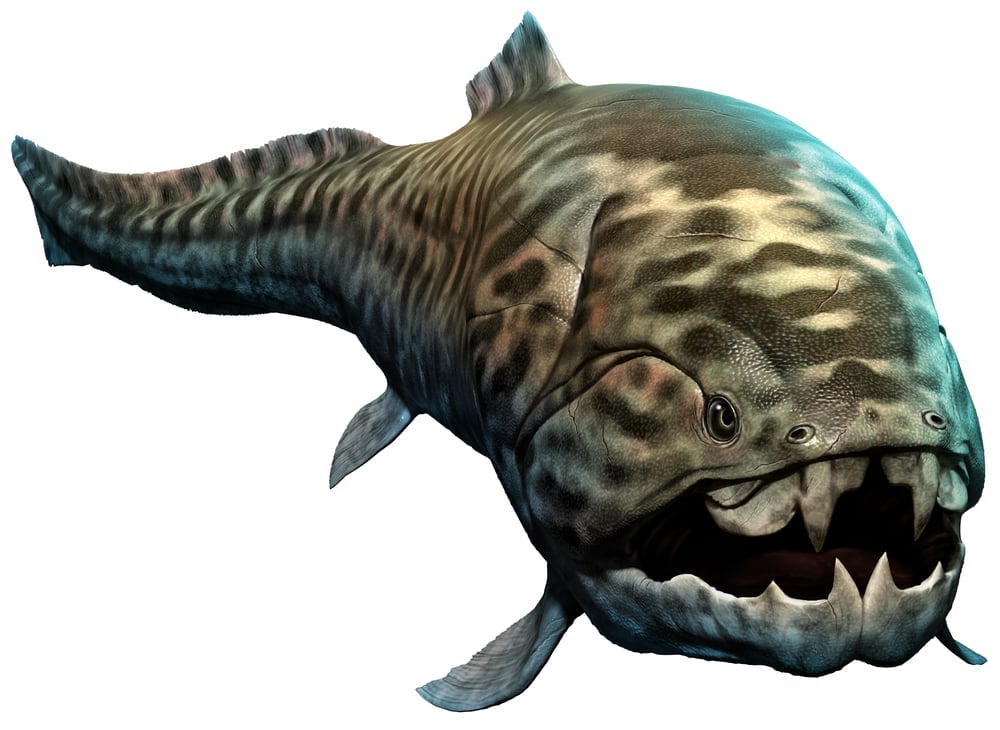
What Are Placoid Scales?
Did you know that sharks, rays, and skates have one thing in common? Their placoid scales! These types of scales are a characteristic feature of cartilaginous fish and are very common in this category. If you were to view a fish with placoid scales, you would be able to observe that they’re closely set together on the skin. This often gives the surface of these fish a sandpaper-like quality.
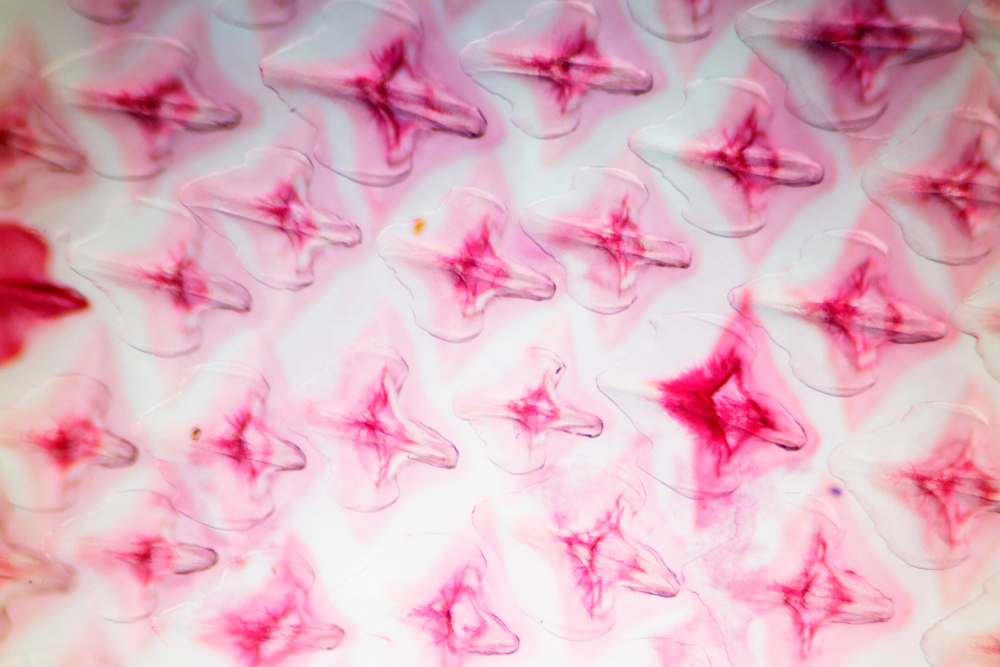
However, if you place a placoid scale under a microscope, you would be amazed by the detail of its structure. Under the microscope, a placoid scale looks like a little hook. Each scale consists of a spine pointed in the backwards direction. This spine shoots out of a basal plate that is somewhat rhomboidal in shape. This spine is made up of similar material as the enamel of a human tooth! Fancy, right?
What Are Ganoid Scales?
Ganoid scales look like little rhomboids. These diamond-shaped plates fit side by side on the skin of a fish. The entire arrangement looks like tiles on the fish skin, providing it with bony armor. These scales rarely overlap. Ganoid scales are a characteristic feature of chondrosteans, fish with a skeleton made of cartilage, a category that includes sturgeon.
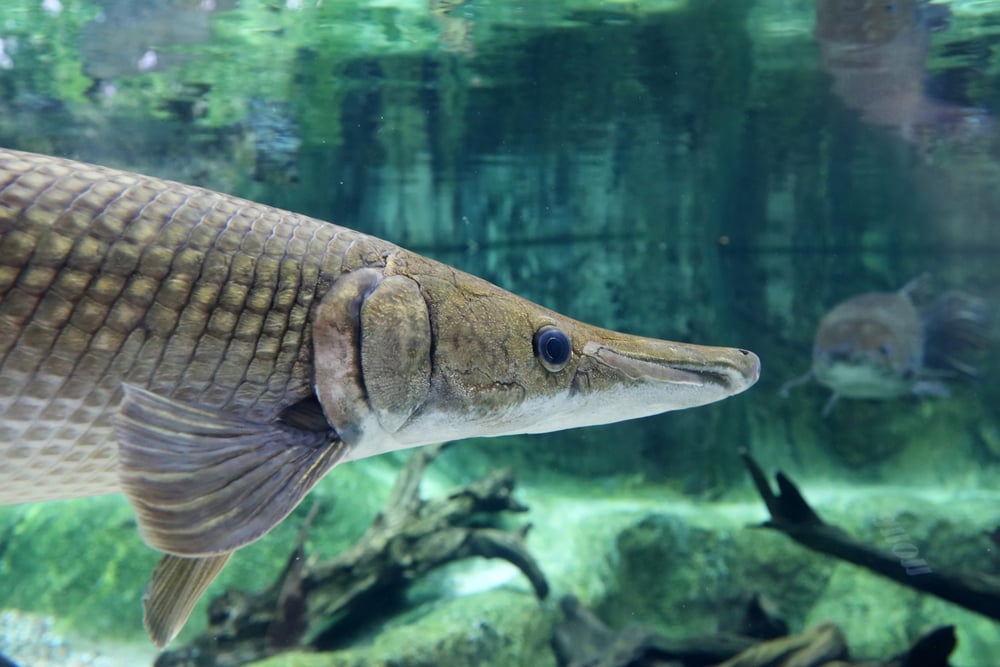
The presence of these scales is actually why some of these fish are referred to as ganoid fishes. One fascinating thing to note is that the ganoid scales have varying layers in their composition. In dinosaur eels, for example, these scales are composed of three layers. On the other hand, in slender gars, the ganoid scales consist of only two layers of bony material.
What Are Cycloid Scales?
As the name suggests, cycloid scales are somewhat circular in appearance, in addition to being thin and translucent. The center of these scales is thicker, and you can observe several concentric lines of growth. Another interesting fact about these lines of growth is that they indicate the age of the fish when counted. The greater the number of concentric rings, the older the fish.
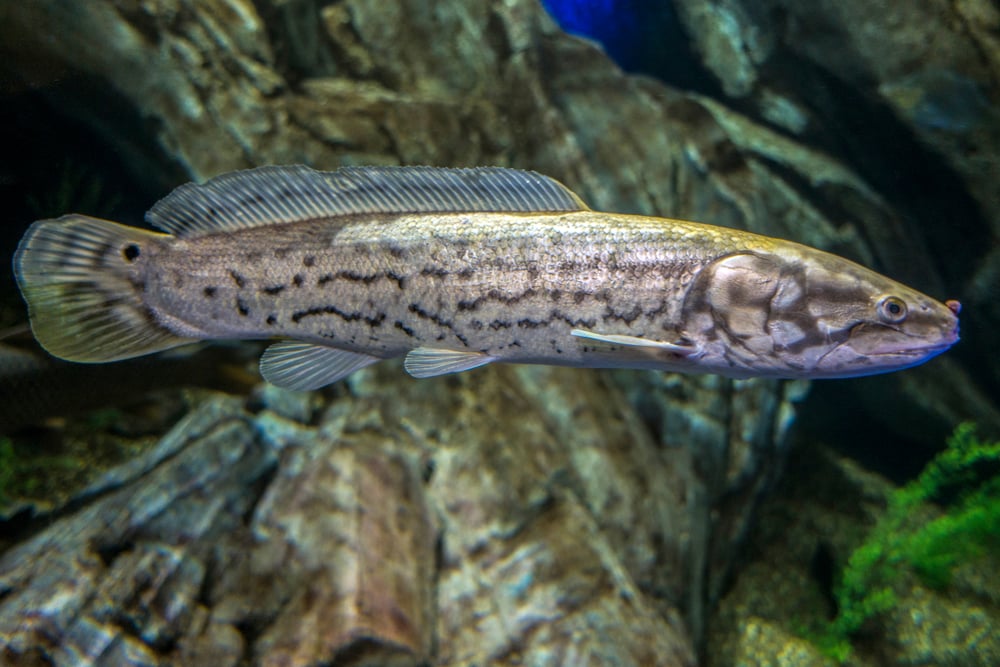
If you were to observe these scales on the body of fish, they would look like they’re embedded in the outer layer of the skin in a regular and overlapping fashion. The thin upper layer of these scales is made of bone, while the lower layer is composed of connective tissue. Cycloid scales cover the body of bowfin, cod, carp, and certain lungfish.
What Are Ctenoid Scales?
The term ctenidium refers to anything that is comb-like in appearance or design. As such, ctenoid scales have specific comb-like projections at the back. In form, structure and arrangement, they are very similar to cycloid scales. However, ctenoid scales attach themselves more firmly to the skin. The rear parts of these scales don’t overlap and they have several comb-like teeth. Ctenoid scales cover the bodies of flounder and sunfish.
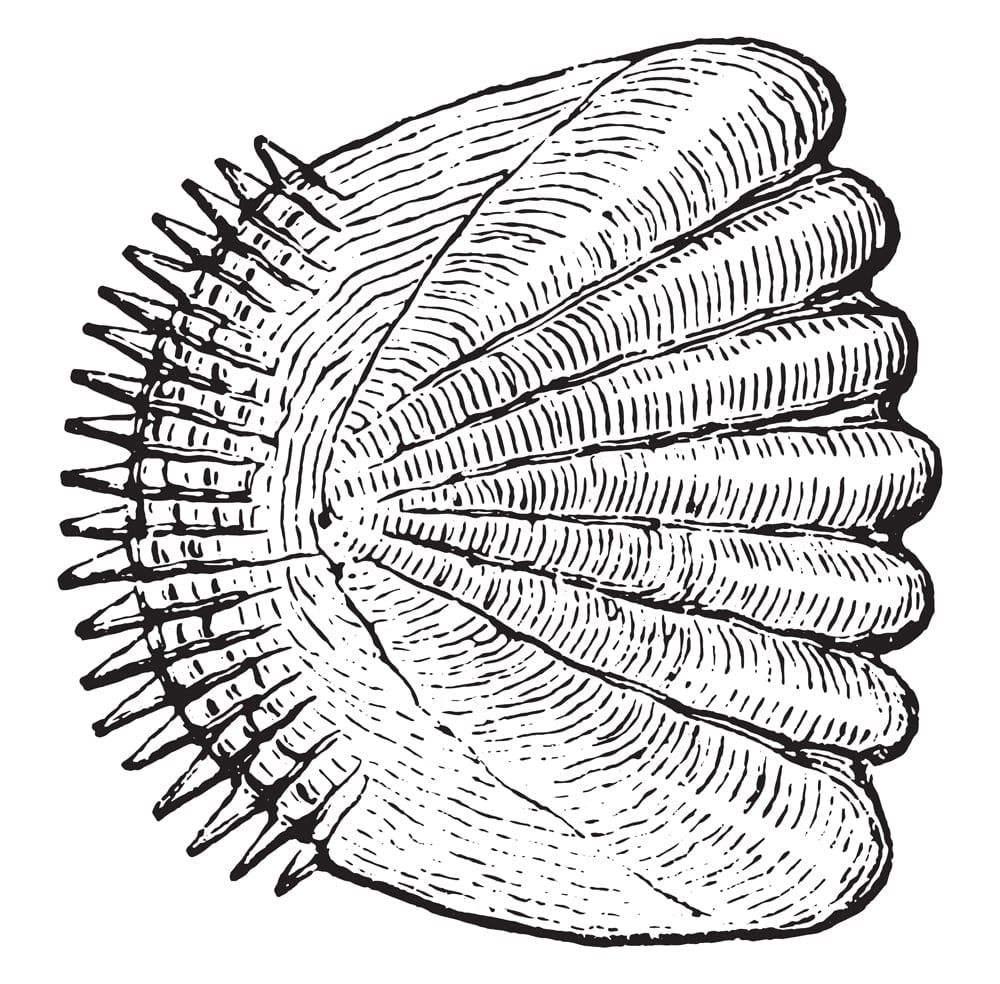
Conclusion:
Scales not only form the exoskeleton of different fish, but also help in classification. Moreover, apart from these types, the other body parts of some fish represent slight modifications of these scales. For example, the stinger of a stingray and shark teeth are both modified placoid scales. In seahorses and pipefish, the scales fuse to form bony rings that circle the body. Therefore, even though these scales end up in the dustbin before almost every culinary experience, they are biologically critical and fascinating to study!

